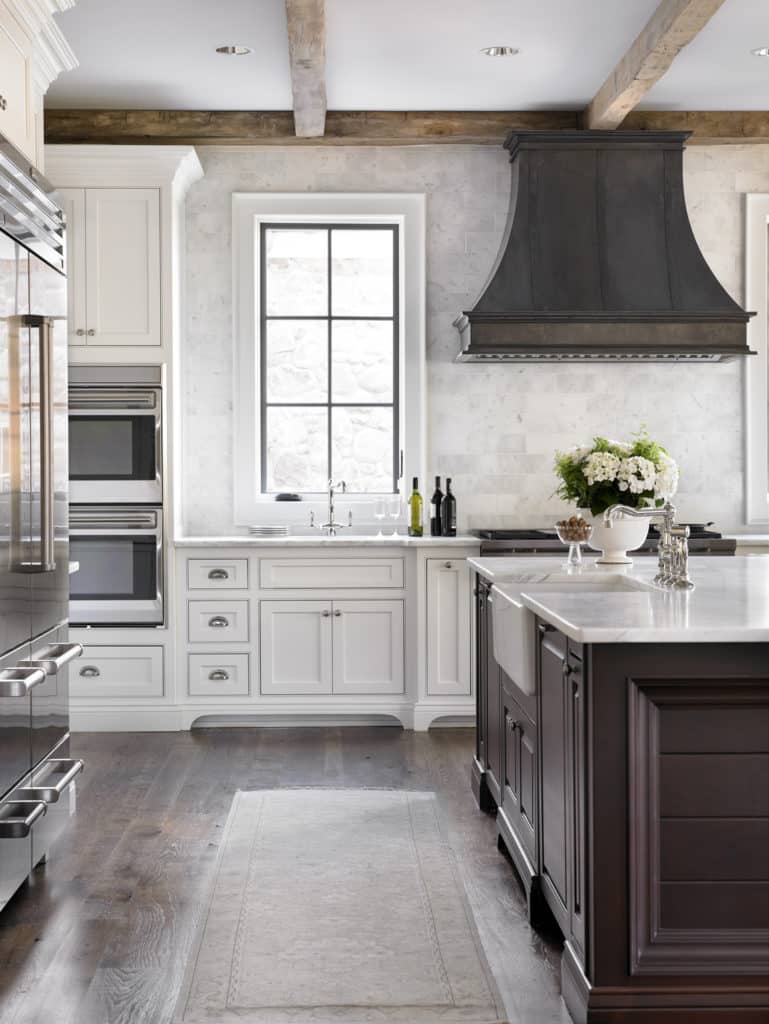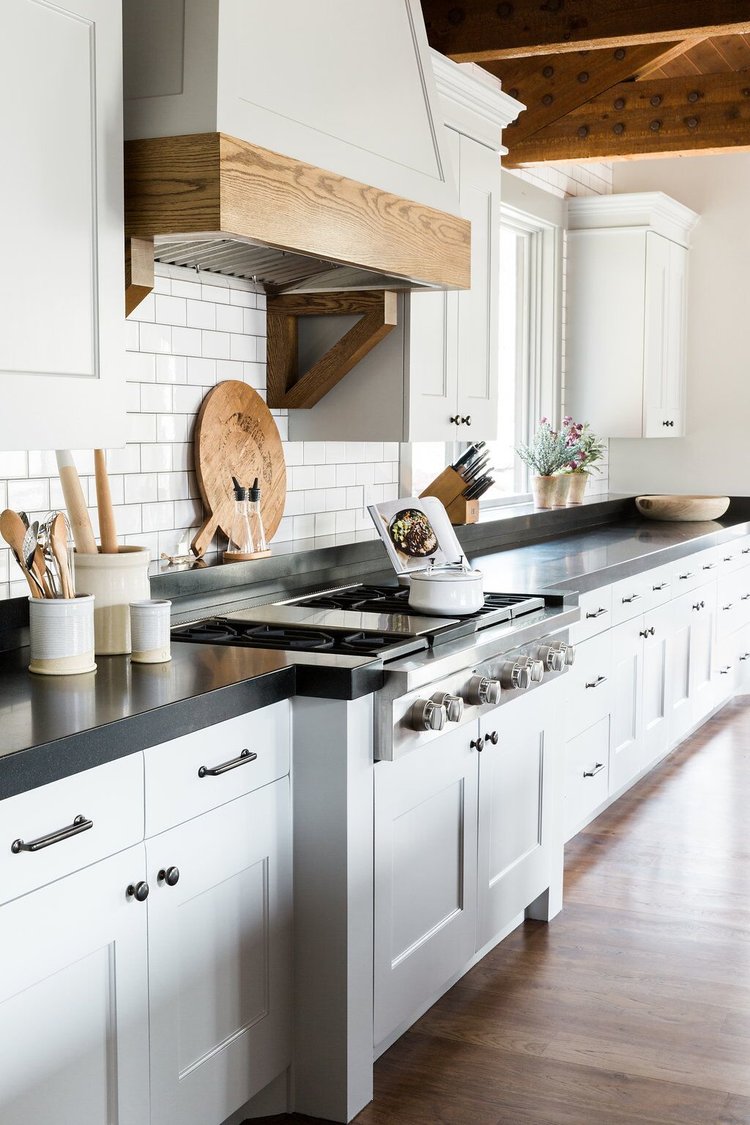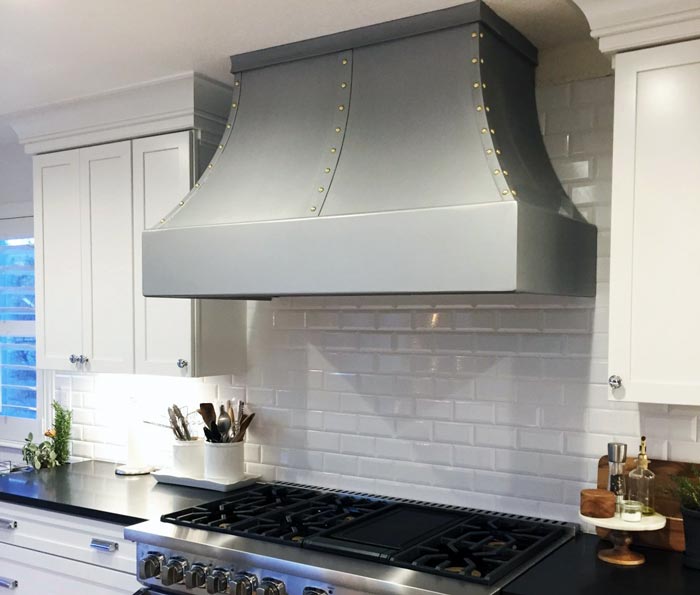When it comes to designing a kitchen, every detail matters. One often overlooked but crucial element is the stove hood. Decorative stove hoods not only provide essential functionality by ventilating smoke and odors but also serve as a stunning focal point in your kitchen. In this comprehensive guide, we’ll explore everything you need to know about decorative stove hoods, their types, materials, features, and how to choose the perfect one for your home. Drawing from personal experiences and expert insights, we aim to help you create a kitchen that reflects your style while being highly functional.
What is a Decorative Stove Hood?
A decorative stove hood is an appliance installed above the kitchen stove to capture smoke, vapor, and odors from cooking. Unlike traditional range hoods that can be purely functional, decorative hoods are designed to complement your kitchen’s aesthetic, making them an integral part of your home’s decor. They come in various styles, materials, and sizes to suit different kitchen designs.
Types of Decorative Stove Hoods
Understanding the different types of decorative stove hoods can help you make an informed decision when choosing one for your kitchen.
1. Wall-Mounted Hoods
Wall-mounted hoods are typically installed against a wall and are ideal for kitchens where the stove is set against a wall.
Pros:
- Great for maximizing space
- Available in various styles and finishes

Cons:
- May require additional ductwork
- Limited to wall placements
2. Island Hoods
Island hoods are designed for kitchens with a stove located on an island counter and provide ventilation from above.

Pros:
- Creates a stunning visual centerpiece
- Effective for open kitchen layouts
Cons:
- Requires ceiling support and possibly duct installation
- Can be more expensive than wall-mounted options

3. Under-Cabinet Hoods
Under-cabinet hoods are installed beneath cabinets, making them a space-saving choice for smaller kitchens.
Pros:
- Efficient use of space
- Less obtrusive design

Cons:
- Limited design options compared to other types
- Can reduce cabinet space
4. Custom Hoods
Custom hoods are tailor-made to fit specific kitchen designs, allowing for unique shapes and materials.

Pros:
- Fully customizable to match your kitchen’s aesthetic
- Unique designs can increase home value
Cons:
- Higher cost compared to standard options
- Longer lead time for production

Materials Used in Decorative Stove Hoods
The material of your decorative stove hood plays a significant role in its overall appearance and durability. Here are some commonly used materials:
1. Stainless Steel
Stainless steel is a popular choice for modern kitchens due to its sleek and clean appearance. It is durable and easy to maintain.

2. Copper
Copper hoods add warmth and character to a kitchen, often featuring intricate designs. They require regular maintenance to prevent tarnishing.
3. Wood
Wooden hoods provide a cozy, rustic feel. They can be stained or painted to match cabinetry but may require more care due to potential warping or moisture damage.
4. Glass
Glass hoods offer a contemporary touch and can be combined with other materials for a unique look. They require frequent cleaning to maintain clarity.
Choosing the Right Decorative Stove Hood for Your Kitchen
Choosing the right decorative stove hood can be overwhelming. Here are some key factors to consider:
1. Style and Design
The style of your kitchen determines the type of hood you’ll want. For traditional kitchens, a classic hood design may be appropriate, while modern kitchens may benefit from minimalist stainless steel or glass hoods.
2. Size and Fit
Ensure that the hood is appropriately sized for your stove. A good rule of thumb is to select a hood that is at least as wide as your stove, if not wider, for optimal performance.
3. Ventilation Type
There are two primary types of ventilation: ducted and ductless. Ducted hoods exhaust air outside, while ductless recirculate air after filtering it. The choice depends on your kitchen’s layout and the available ventilation options.
4. Noise Level
Check the noise level rating of the hood, especially if you frequently cook. Look for models with sound ratings of less than 60 decibels for a quieter experience.
5. Maintenance and Cleaning
Consider how easy the hood is to clean. Stainless steel hoods often have protective coatings that make them easier to maintain compared to other materials.
Where to Install Your Decorative Stove Hood
The installation height of your hood is just as crucial as choosing the right style. Here’s a quick reference:
| Type of Hood | Recommended Height Above Stove |
|---|---|
| Wall-Mounted | 24 to 30 inches |
| Island Hood | 30 to 36 inches |
| Under-Cabinet | 18 to 24 inches |
Pros and Cons of Decorative Stove Hoods
Pros:
- Enhances kitchen aesthetics
- Improves air quality by removing smoke and odors
- Available in various styles and materials to fit any decor
Cons:
- Can be expensive depending on design and materials
- Installation might require professional help
- May require additional ductwork for ducted models
FAQs about Decorative Stove Hoods
1. Are decorative stove hoods necessary?
Yes, they are necessary for proper ventilation and air quality in your kitchen. They help eliminate smoke, steam, and odors resulting from cooking.
2. How do I clean my decorative stove hood?
Cleaning methods vary based on the material. Stainless steel can be cleaned with a mild soap solution, while copper may require specialized cleaner to prevent tarnishing.
3. What is the lifespan of a decorative stove hood?
With proper maintenance, a good quality decorative stove hood can last anywhere from 10 to 20 years.
4. Can I install a decorative stove hood myself?
While some homeowners may install a hood themselves, it’s usually recommended to hire a professional to ensure proper installation, especially if ductwork is involved.
5. How do I choose the right size for my decorative stove hood?
Choose a hood that is at least the same width as your stove, ideally wider, to ensure proper air capture and ventilation.
Final Thoughts
Choosing a decorative stove hood involves balancing aesthetics with functionality. By understanding the different types, materials, and installation considerations, you can make a choice that enhances your kitchen’s beauty while serving its practical purpose. Take the time to explore your options and select a hood that perfectly fits your cooking style and design preferences. A well-chosen decorative stove hood can dramatically elevate your kitchen, making it a space you love to cook in and show off.